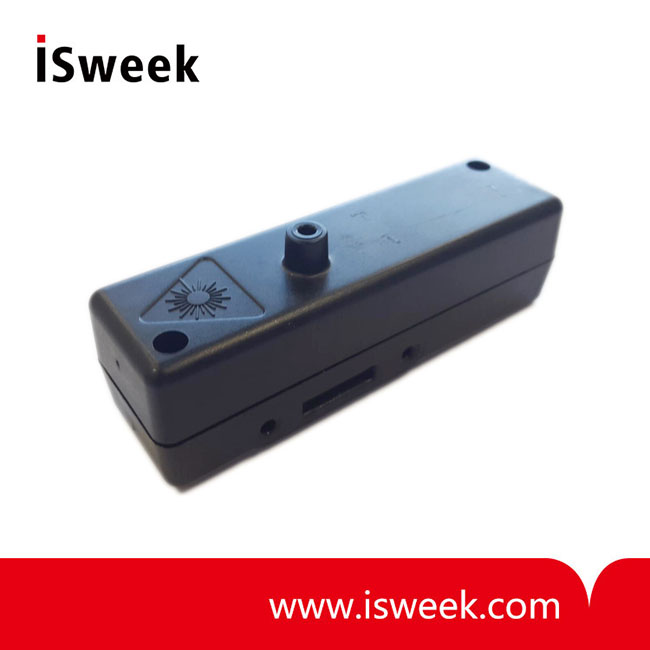PM2.5 sensors play a critical role in monitoring air quality, particularly in environments affected by pollution. Their working principle is rooted in light scattering: particles in the air scatter light, and by measuring the attenuation of this light, the concentration of airborne particles can be calculated. Below, we explore several cost-effective PM2.5 sensor options to help you select the right solution for your needs.

1. PM2.5 Particle Sensor Module: PDSM010
The PDSM010 is an infrared dust sensor developed by Syhitech (KR), designed for low-cost applications. Key features include:
- Detection Capability: Measures particles as small as 1μm, including dust, pollen, and cigarette smoke.
- Application Range: Effective in spaces up to 30㎥, making it ideal for air purifiers and indoor air quality (IAQ) monitoring.
- Output and Longevity: Factory-calibrated with PWM output, offering noise resistance and a lifespan of up to 5 years.
- Recommended Uses: Air-conditioning systems, ventilation solutions, and IoT devices requiring basic air quality monitoring.
2. Enhanced IR Dust Sensors: PSM Series
The PSM series represents an upgrade in infrared PM2.5 sensors, offering improved accuracy at an affordable price:
- Versatile Measurement: Detects particles as small as 0.3μm and provides measurements for PM1.0 or PM2.5.
- Output Options: Compatible with UART and optional PWM output.
- Compact Design: Sized at 59x45x17mm, with fast response times of 1 second.
- Accuracy and Range: Measures up to 900 µg/m³, with enhanced precision of ±2.5 µg/m³ for lower concentrations.
- Applications: Suitable for HVAC systems, outdoor particle monitoring, and smart IAQ devices.
3. Laser PM2.5 Sensor: TF-LP01
The TF-LP01 laser PM2.5 sensor, manufactured by Figaro (JP), is tailored for residential use:
- Advanced Features: Measures PM1.0, PM2.5, and PM10, with high accuracy (±10 µg/m³) and strong interference resistance.
- Compact and Silent: Compact size (51x33x22mm) and an ultra-silent fan enable continuous, real-time data collection.
- Calibration and Lifespan: 100% factory-tested and calibrated, with a service life of 5 years.
- Common Uses: Ideal for air purifiers, portable air quality monitors, and smart home systems.
4. Industrial Laser PM2.5 Sensor: OPC-N3
For industrial-grade applications, the OPC-N3 laser PM2.5 sensor from Alphasense (UK) is a top-tier option:
- Comprehensive Measurement: Tracks PM1.0, PM2.5, and PM10 for particle sizes ranging from 0.38μm to 40μm, with a concentration range of up to 2000 µg/m³.
- Enhanced Functionality: Features 24 measurement paths and built-in temperature and humidity sensors.
- High-End Outputs: Supports SPI and USB outputs, catering to complex environmental monitoring systems.
- Applications: Used in highly polluted areas and cities for robust environmental monitoring.
Conclusion
Choosing the right PM2.5 sensor depends on your specific application needs, whether it’s basic air quality monitoring for home devices or industrial-grade solutions for environmental analysis. Infrared sensors like PDSM010 and PSM Series are perfect for cost-sensitive applications requiring moderate accuracy, while laser sensors such as TF-LP01 and OPC-N3 offer higher precision and advanced features for professional use.
By integrating these sensors into air purifiers, HVAC systems, or IAQ monitors, you can significantly improve indoor air quality and contribute to a healthier, more comfortable living environment. As air quality continues to be a global concern, leveraging innovative PM2.5 sensors ensures that individuals and industries alike can stay ahead in creating safer, cleaner spaces.









